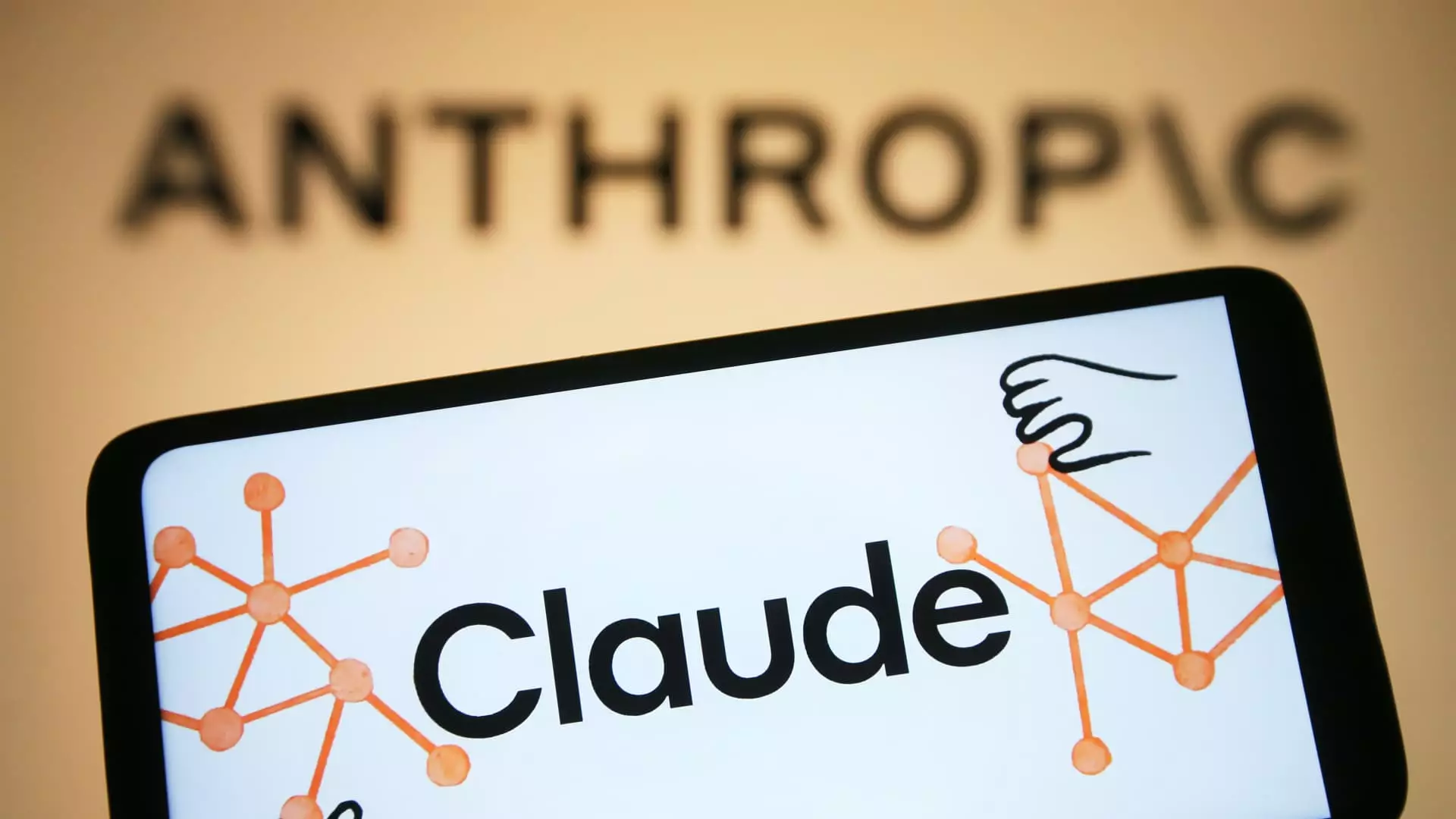The current landscape of artificial intelligence investment resembles an endless carnival of spectacle and excess, where headlines tout record-breaking fundraising rounds and sky-high valuations. Major players like OpenAI and Anthropic dominate the narrative, raising billions with seeming ease. These colossal injections of capital, often exceeding $10 billion in a single round, create an illusion of unstoppable momentum. It’s easy to be swept into the narrative that AI is the next technological revolution, promising unparalleled innovation and economic growth. Yet beneath this glittering facade lies a sobering reality—these investments, while substantial, do not correspond to actual market maturation or sustainable exit opportunities.
Much of this capital infusion benefits only a select few giants and high-profile startups, inflating valuations to levels disconnected from actual product viability or market demand. The exaggerated valuations fuel a speculative frenzy reminiscent of prior tech bubbles, where hype outpaces substance. Investors chase stories of futuristic AI breakthroughs, often overlooking the fundamental questions: Are these companies truly solving real problems? Will they be profitable, or are they merely riding a hype wave? The current capital environment thrives on optimism, but it obscures the risks of overcapitalization and the impending liquidity crunch that will inevitably challenge the ecosystem.
The Disparity Between Funding and Real Returns
While record sums pour into AI ventures, the market’s ability to generate meaningful exits remains sluggish. The data reveals a stark disconnect: hundreds of startups are being funded, yet the number of profitable exits—from acquisitions to IPOs—lags far behind. In the first half of this year, there were only 281 venture-backed exits, totaling around $36 billion, a modest sum compared to the astronomical inflows. Notably, these exits tend to be modest or localized, like the $700 million purchase of EvolutionIQ or the listing of Slide Insurance, valued at about $2.3 billion.
Meanwhile, high-profile successes like CoreWeave’s IPO, which saw its valuation skyrocket to over $63 billion, are the exception rather than the rule. Most acquisitions happen at relatively small scales, often viewed as “bolt-on” deals designed to boost larger corporations’ valuation rather than genuine market validation. This pattern underscores a critical concern: the current investment climate is characterized by a heavy bias toward speculative accumulation of startups, with promising true exits being rare and far between.
The focus on quick, smaller acquisitions at the expense of sustained, large-scale IPOs points to an underlying liquidity problem. When macroeconomic conditions tighten and interest rates remain high, venture investments become riskier and less attractive. The result is a market where capital keeps flowing into promising-sounding startups, yet genuine liquidity and real-world adoption are notably absent.
The Illusory Promise of Vertical AI Solutions
Investors and large firms are increasingly pinning hopes on vertical AI applications—specialized solutions tailored for specific industries or enterprise functions. This shift makes sense on one level; niche solutions can often integrate more seamlessly into existing workflows, promising quicker monetization. However, this approach also risks fostering a fragmented, commoditized landscape that lacks the transformative impact many anticipate.
Moreover, the emphasis on bolt-on acquisitions suggests that larger tech players are less interested in fostering groundbreaking innovation from scratch. Instead, they prefer tactical purchases to patch existing gaps and inflate valuations artificially. This strategy fuels a cycle where startups survive only as acquisition targets rather than independent, sustainable entities capable of delivering long-term value.
The macroeconomic environment further complicates this picture. Tight liquidity, high interest rates, and market volatility discourage large-scale IPOs, favoring marginal, smaller deals. Such conditions inhibit the emergence of dominant, independent AI firms capable of significant market disruption. Consequently, the entire narrative of AI as a driver of economic transformation begins to look more like an elaborate mirage—an illusion crafted by investor enthusiasm and corporate opportunism rather than genuine technological progress.
The Political and Ethical Underpinnings of the AI Boom
In the landscape of this frenzy, a central question often gets overlooked: Who ultimately benefits from this AI gold rush? While technological innovation has the potential to democratize access to information and empower communities, the current concentration of capital and power tends to benefit a small elite—large tech corporations, wealthy investors, and a handful of startups.
From a center-leaning liberal perspective, there’s a growing concern about how the AI boom complements existing inequalities rather than alleviating them. Massive investments are fueling the growth of corporate giants who stand to dominate markets, potentially at the expense of workers and smaller innovators. The risk is a new form of technological oligarchy, where a few controlling entities influence policy, skew economic benefits, and shape the future of work in ways that reinforce existing power dynamics.
Furthermore, without appropriate regulatory oversight and ethical considerations, the current AI trajectory could exacerbate issues around privacy, bias, and societal control. Recognizing these pitfalls, policymakers and civil society should advocate for a balanced approach—supporting innovative applications that serve the public good, while implementing safeguards that prevent concentration of power and misuse of data.
The Future: A Cautionary Tale or an Unwelcome Blessing?
As the AI investment landscape continues to evolve, the optimism of relentless capital inflow stands in stark contrast to the scarcity of meaningful, large-scale exits. This disparity underscores a market that is still largely driven by speculation rather than sustainability. While the current boom has created undeniable excitement, it’s imperative to critically examine whether these financial milestones translate into real societal or economic benefits.
Investors, entrepreneurs, and policymakers alike need to shift focus from chasing quick profits to nurturing a more ethical, inclusive, and resilient AI ecosystem. Without this recalibration, the current frenzy risks giving way to disappointment, disillusionment, and a blow to public trust. The lesson here is clear: true progress in artificial intelligence doesn’t come from billion-dollar rounds or valuations, but from innovations that genuinely improve lives and create sustainable economic opportunity—values that should be at the heart of any long-term vision for this disruptive technology.

Leave a Reply